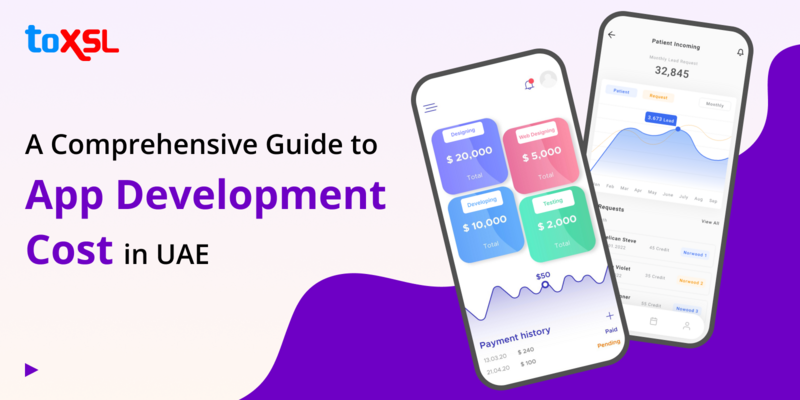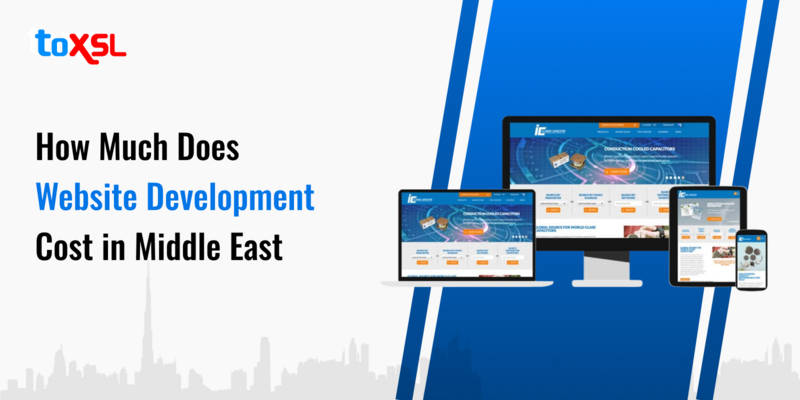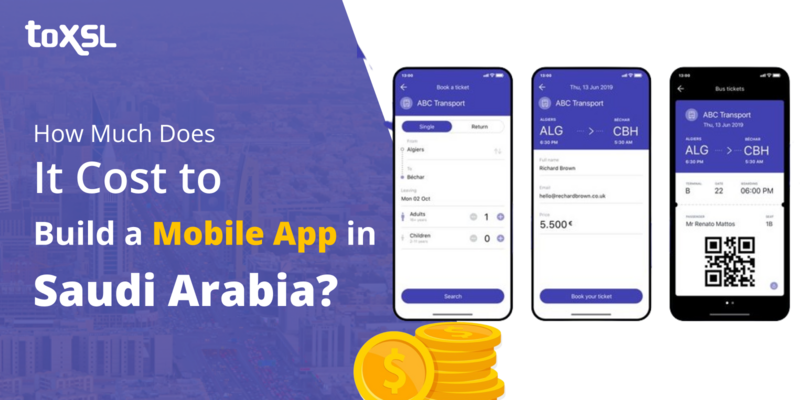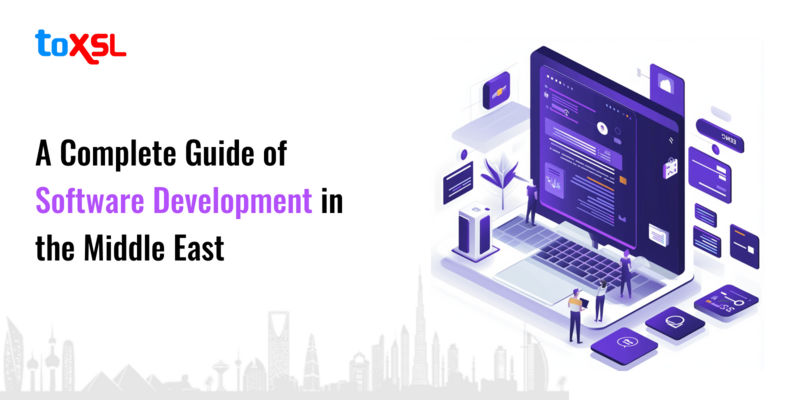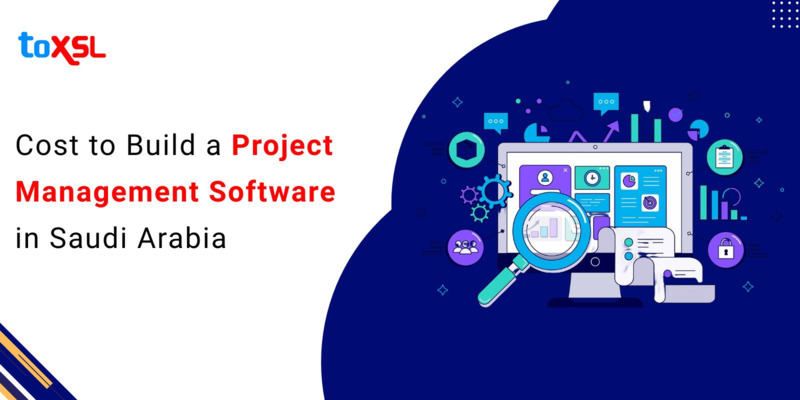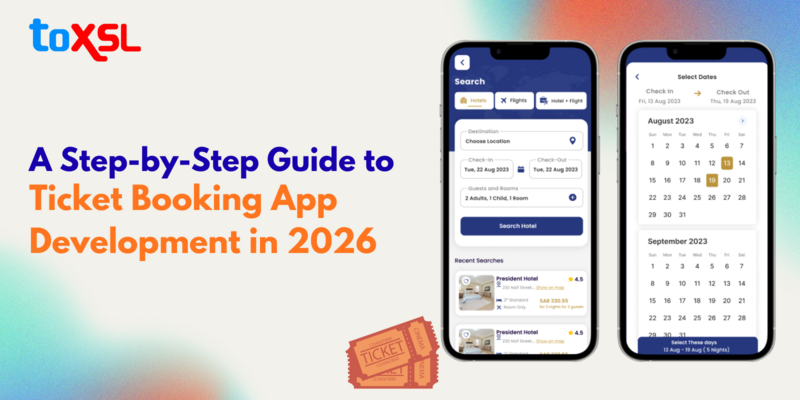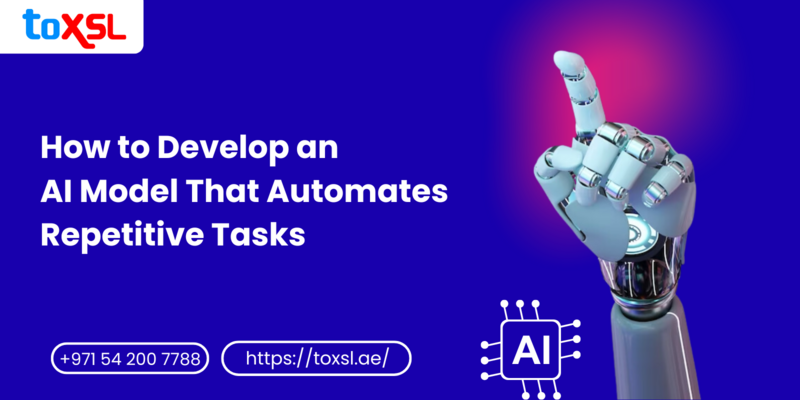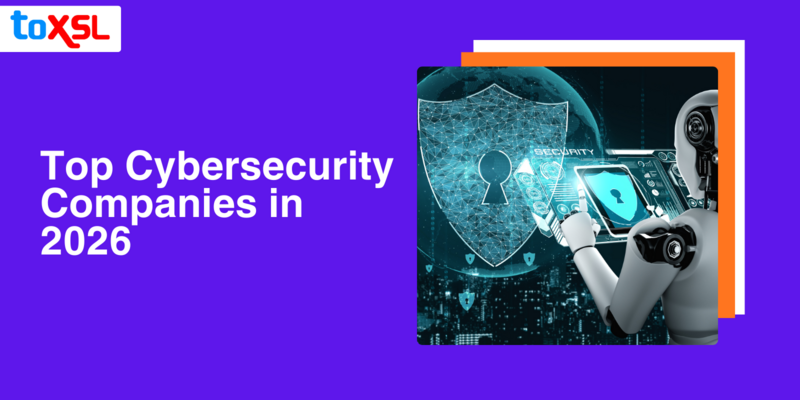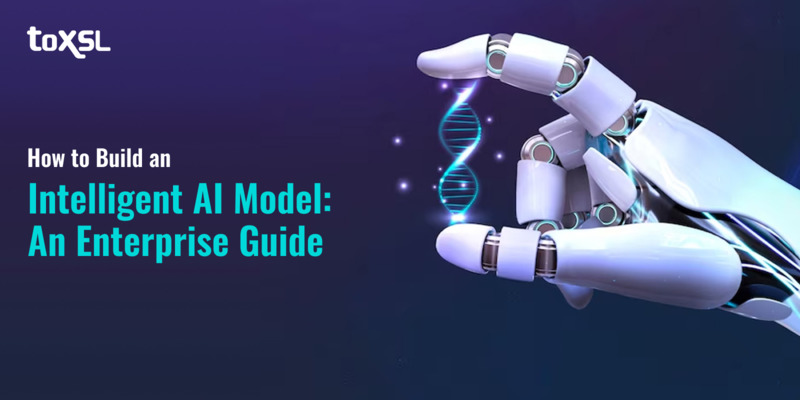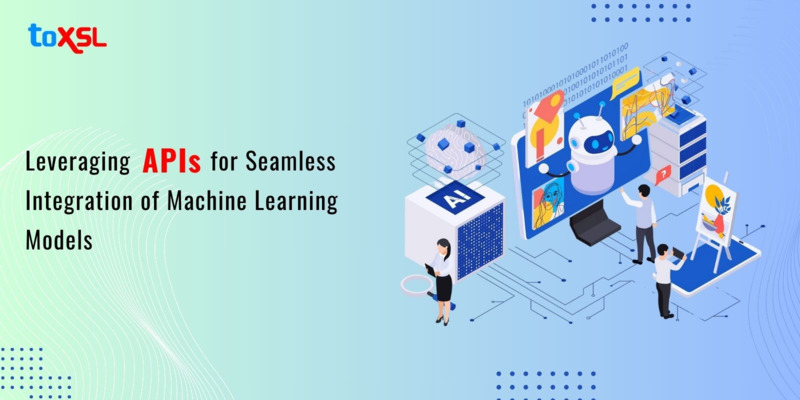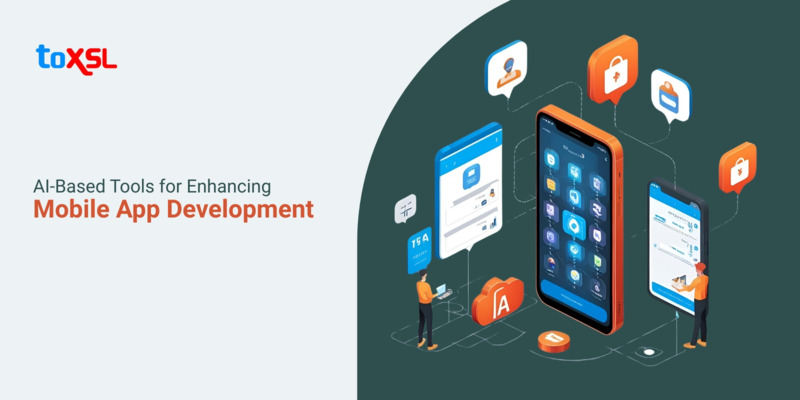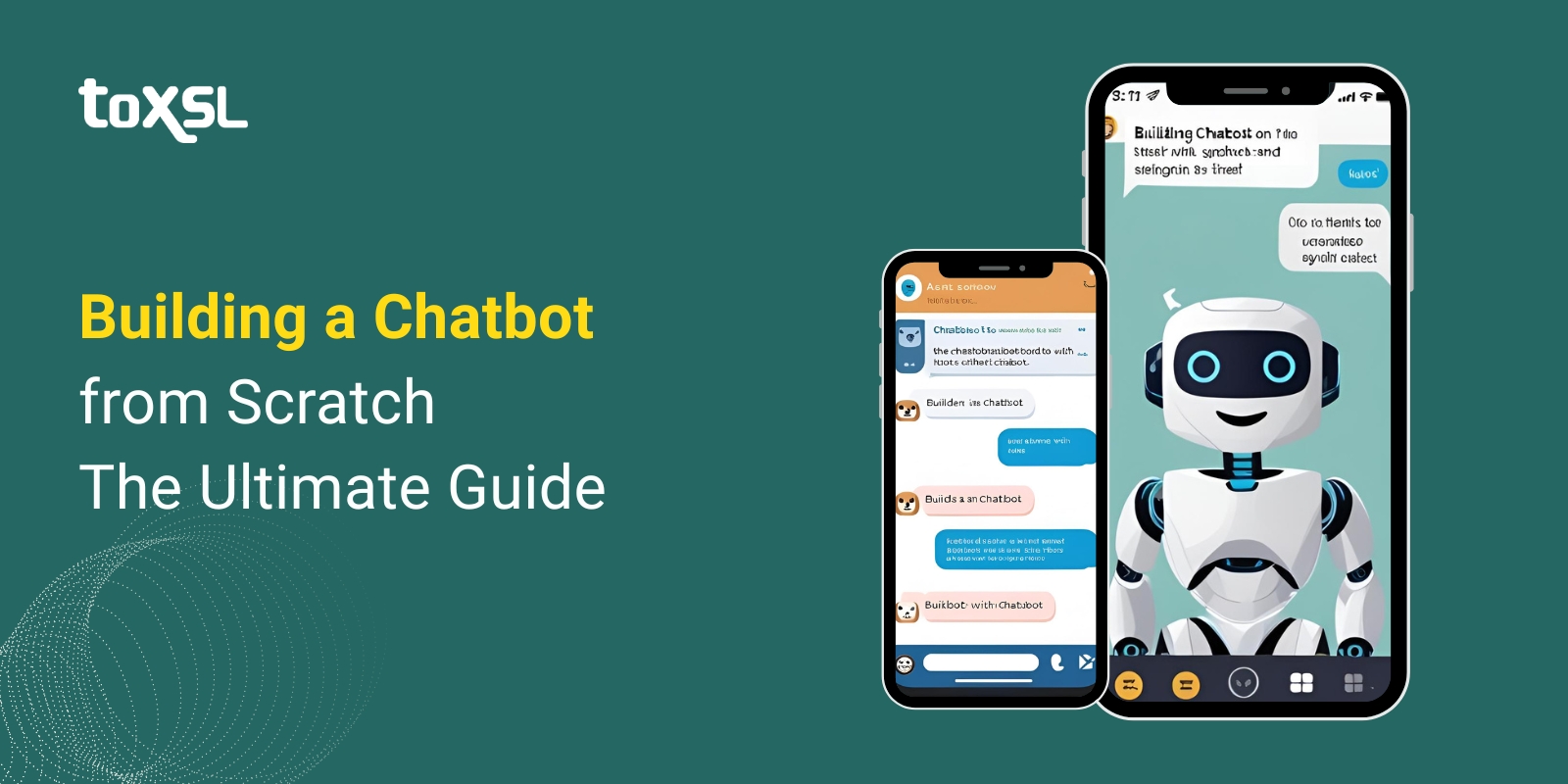
In recent years, chatbots have transformed the way businesses engage with customers, provide support, and automate workflows. From simple FAQ bots to sophisticated conversational agents powered by AI, chatbots are changing digital interactions across industries. Building a chatbot from scratch might seem daunting at first, but with the right knowledge, tools, and strategy, it’s an achievable and rewarding project.
In this comprehensive guide, we’ll walk you through every step of creating a chatbot from the ground up — from understanding core concepts to designing conversations, selecting technologies, developing code, integrating with platforms, and maintaining your bot over time. By the end, you’ll have a deep understanding of what it takes to deliver a fully functional chatbot tailored specifically to your objectives.
Key Takeaways
Start with a clear goal:Know exactly what you want your chatbot to do and who it serves.
Design intuitive conversations:User experience drives chatbot success; plan flows carefully.
Choose the right technologies:Select frameworks and AI models based on your skillset and requirements.
Continuous training and testing:Chatbots improve through data and iteration.
Ensure security and compliance:Protect user data and follow legal guidelines from day one.
Why Build a Chatbot?
Before diving into technical details, it’s important to understand why chatbots matter and the kind of problems they solve. Chatbots simulate human conversation, enabling quick, automated interactions that are available 24/7. They help businesses:
Enhance Customer Service:Automate support to answer FAQs, resolve issues, and reduce wait times.
Increase Engagement:Provide interactive experiences such as product recommendations, surveys, or booking systems.
Boost Efficiency:Automate routine tasks like scheduling, lead qualification, or order tracking.
Gather Data:Collect user preferences and feedback seamlessly.
Reduce Operational Costs:Save on customer support costs by handling repetitive queries automatically.
As businesses scale digital operations, chatbots have become indispensable tools to meet the growing demand for personalized, timely, and cost-effective communication.
Step 1: Define Your Chatbot’s Purpose and Target Audience
Clarity of purpose sets the foundation for your chatbot project. You need to identify:
What problem is your chatbot solving?Is it providing helpdesk support, guiding users through purchase decisions, booking appointments, or collecting feedback?
Who will interact with the chatbot?Are your users tech-savvy or casual internet users? What language and tone suits them best?
Which platforms will it serve?Will it operate on a company website, mobile app, WhatsApp, Facebook Messenger, or a combination?
For example, a chatbot meant to handle sales leads via a website will require a different feature set and conversational style than one automating internal HR FAQs.
Starting with a detailed project brief and user personas helps you set realistic goals and prioritize features that matter most.
Step 2: Research and Understand Chatbot Types
Chatbots come in various forms, broadly categorized as:
Rule-Based Chatbots:These bots follow scripted flows and respond based on keyword matching or decision trees. They are predictable and easy to develop, ideal for straightforward tasks.
AI-Powered Chatbots:These use machine learning, natural language processing (NLP), and sometimes deep learning to understand user intent and generate dynamic responses. They can handle complex and open-ended queries.
Hybrid Chatbots:Combine the best of both, using rule-based systems for known scenarios and AI models for handling ambiguous inputs.
Understanding which type suits your use case is critical. Rule-based bots are great for FAQs and navigation, while AI chatbots shine during open conversations requiring context retention and subtle understanding.
Step 3: Design the Conversational Flow and User Experience
Design is the heart of any chatbot project. Unlike traditional GUIs, chatbots interact through conversation — a nuanced and nonlinear interface.
Conversation Mapping
Plan the dialogue paths carefully. Start by outlining potential user intents, questions, and goals, as well as how the chatbot will respond. Create a flowchart demonstrating:
Greetings and onboarding
User queries and intent recognition
Responses and prompts
Error handling and fallback messages
Options to escalate to human agents
Writing Conversational Copy
Chatbots must sound natural and engaging. Write clear, friendly, and context-aware scripts. Avoid robotic or overly formal language unless appropriate. Remember to:
Provide choices to the user to guide the conversation.
Use concise responses to maintain flow.
Anticipate misunderstandings and offer help.
Establish a personality consistent with your brand.
Incorporating Personality
A chatbot’s personality can enhance user experience. Decide if your bot should be formal, playful, witty, or empathetic. Craft the tone and style accordingly and maintain it across interactions.
Remember, users often judge chatbots by how “human” they feel — so a well-designed conversational flow is key.
Step 4: Choose Your Technology Stack
A wide range of tools and technologies enables building chatbots, from frameworks to AI models, and backend infrastructure to deployment platforms.
Programming Languages
Python:Renowned for NLP and AI libraries; highly recommended for chatbot development.
JavaScript:Useful for web-based chatbots, often paired with Node.js backends.
- Java, C#:Common in enterprise environments with complex backend systems.
NLP Libraries and Frameworks: Natural Language Processing is critical for understanding user inputs and generating responses.
NLTK & spaCy (Python):General purpose NLP libraries for tokenization, parsing, and more.
Rasa:Open source conversational AI framework enabling intent classification, entity recognition, dialogue management.
Dialogflow (Google), Microsoft Bot Framework, IBM Watson Assistant:Cloud-based AI services with easy-to-configure conversational components.
ChatterBot:Python library for machine-learning-based chatbots.
Relational Databases:MySQL, PostgreSQL
NoSQL Databases:MongoDB, Redis (for fast caching)
Cloud Storage:AWS S3, Firebase
Cloud Providers: AWS Lambda, Google Cloud Functions, Azure Functions for serverless hosting.
Dedicated Servers or Containers: Docker and Kubernetes clusters for full control.
Platform-Specific Hosting: Many chatbot platforms provide built-in hosting.
Step 5: Collect and Prepare Training Data
If you opt for an AI-powered or hybrid chatbot, training data is fundamental. Training data consists of examples of user inputs and corresponding intents or responses.
Sources of Training Data
Historical chat logs or customer service transcripts
FAQ entries and knowledge bases
Public datasets related to your domain
Manually created user queries and intents
Prepare data by:
Cleaning text (removing HTML tags, punctuation, correcting typos)
Normalizing (lowercasing, stemming, lemmatization)
Annotating intents and entities
Balancing datasets to avoid skewed learning
Accurately labeling examples ensures the chatbot can distinguish user intents correctly and extract relevant information like dates, product names, or locations.
Step 6: Develop Chatbot Components
Now the development begins. Depending on your approach, this may involve:
Natural Language Understanding (NLU): Build or use existing NLU modules to parse user inputs into structured data that your chatbot can understand. Components include:
Intent recognition: Classify what the user wants
Entity extraction: Identify key data points in input
This can be implemented via machine learning classifiers, rule-based pipelines, or a combination.
Dialogue Management: This logic engine determines how the bot responds given the current state of the conversation. Dialogue management can be:
Finite State Machines:Rule-based transitions between conversation states
Machine Learning Approaches:Use models like Reinforcement Learning for dynamic, context-aware responses
- Hybrid Systems:Combining scripted flows with AI predictions
Response Generation: There are two types of responses:
Retrieval-based:Predefined answers returned for specific inputs
Generative:New replies composed by language models in real-time
Generative models offer flexibility but require safeguards to prevent inappropriate or irrelevant content.
Integration with External APIs: To add real-world functionality, connect your chatbot with:
CRM or ticketing systems (e.g., Salesforce)
Payment gateways (Stripe, PayPal)
Booking or inventory management services
Database systems
This enables the bot to perform tasks like booking appointments, making purchases, or updating records directly.
Step 7: Implement User Interface Components
The chatbot’s UI is how users interact with it. Common interfaces include:
Web Chat Widgets: Embedding chat windows on websites with interactive elements like buttons, carousels, and quick replies.
Messaging Platforms: Facebook Messenger, WhatsApp, Slack, Telegram integrations.
Mobile & Desktop Apps: Built-in chat interfaces within apps.
Voice Assistants: Alexa Skills or Google Actions for voice command capabilities.
Each platform has specific APIs and best practices for implementation. For example, Facebook Messenger supports rich templates and buttons, while WhatsApp limits some design elements but offers broad reach.
Step 8: Testing the Chatbot
Thorough testing ensures your chatbot works as intended and delivers a positive user experience.
Unit Testing: Validate individual functions or modules.
Integration Testing: Ensure components interact correctly (NLU, backend, APIs).
Usability Testing: Observe real users interacting with the chatbot to identify friction points.
Load Testing: Check how the bot performs under heavy user traffic.
Regression Testing: Confirm new updates do not break existing functionality.
Collect logs and use analytics tools to monitor errors, fallback rates, and response accuracy.
Step 9: Deploy the Chatbot and Monitor Performance
After rigorous testing, deploy your chatbot to your production environment. Ensure:
Scalability: Infrastructure can handle expected user loads.
Reliability: Minimize downtime with proper monitoring and alerts.
Privacy and Security: Data encryption, secure user authentication, and compliance with regulations like GDPR or HIPAA.
Usage statistics and user engagement
Popular queries and intents
Fallback and failure rates
User satisfaction scores
Consistent monitoring helps identify improvement areas and informs iterative updates.
Step 10: Maintain and Improve Your Chatbot Continuously
Building a chatbot is not a one-time project. User behavior evolves, new queries emerge, and technology advances. Plan for:
Regular Updates: Refresh training data, improve language understanding, and add new features.
Handling Feedback: Gather user reviews and complaints to refine conversations.
Scaling: Add new languages, channels, or integrations over time.
Security Updates: Patch vulnerabilities promptly.
Automate retraining pipelines to leverage new conversation data safely and reliably improve AI models.
Common Mistakes to Avoid
Mindful planning and iterative improvement can prevent the following pitfalls:
Ignoring user experience design:Conversational flow should be smooth, intuitive, and human-friendly.
Overloading with features:Focus on core use cases first; avoid trying to do everything.
Not planning for edge cases:Users can be unpredictable; have fallbacks and error handling.
Neglecting testing:Skipping thorough testing results in misunderstandings and frustration.
Forgetting security compliance:Mishandling user data can lead to legal issues.
Future Trends in Chatbots
Multimodal Interaction: Combining text, voice, images, and even video for richer experiences.
Emotion Detection: Chatbots understanding and adapting to users’ emotional states.
Hyper-Personalization: Using user data and AI to tailor conversations deeply.
Conversational Commerce: Seamlessly integrating shopping experiences in chats.
Edge AI: Running chatbot intelligence locally on devices for faster response and privacy.
Staying abreast of these trends ensures your chatbot remains effective and relevant.
Conclusion:
The cost to develop a chatbot ranges from $500 for a basic rule-based bot to $300,000+ for a custom, AI-powered enterprise solution, depending on features, complexity, and platform.
2. How long does it take to build a chatbot from scratch?
Depends on complexity — a simple rule-based chatbot may take days; an AI-powered multi-channel bot can take weeks or months.
3. Do I need to be an AI expert to build a chatbot?
Not necessarily. Many tools and frameworks abstract AI complexities. However, basic programming knowledge and understanding of NLP concepts help significantly.
4. Can chatbots understand multiple languages?
Yes. Multilingual NLP models and language detection techniques allow chatbots to support various languages, though they require separate training or configuration.
5. How do I make my chatbot sound more human?
Use natural, friendly language, add personality, handle errors gracefully, and use conversational context to respond appropriately.
6. What are the costs associated with chatbot development?
Costs vary widely based on technology, scale, hosting, and integrations, ranging from free open-source projects to large enterprise deployments costing thousands or more.
7. How can I improve chatbot accuracy over time?
By collecting conversation logs, analyzing failures, updating training datasets, and retraining models regularly.

